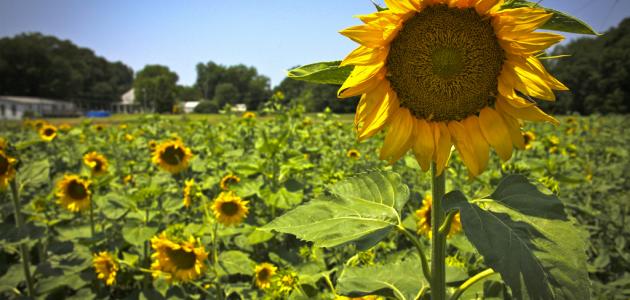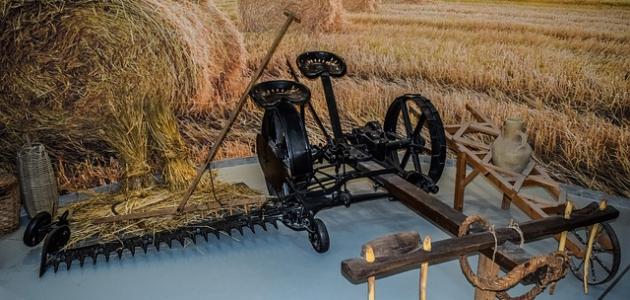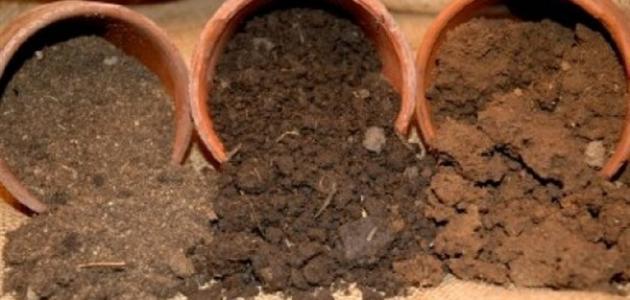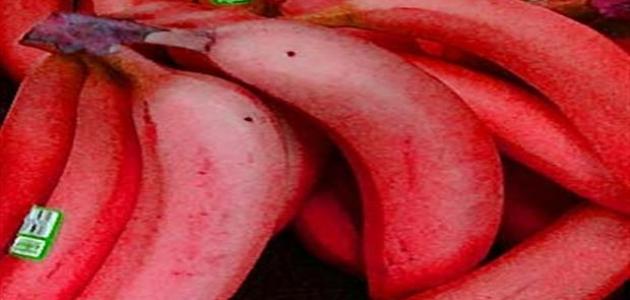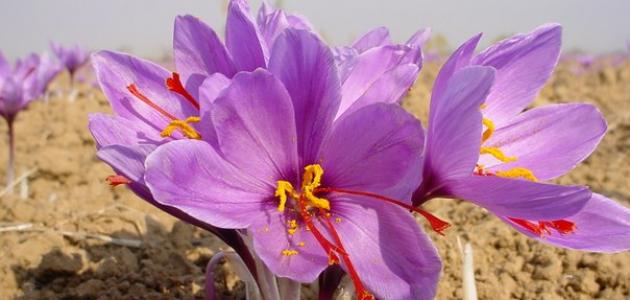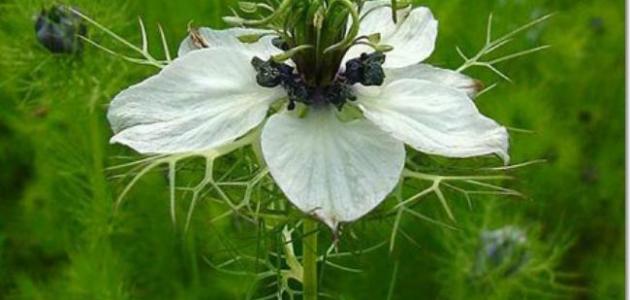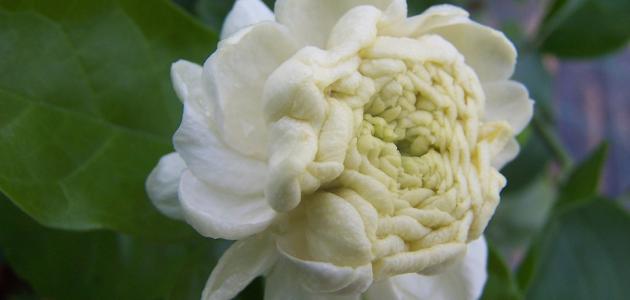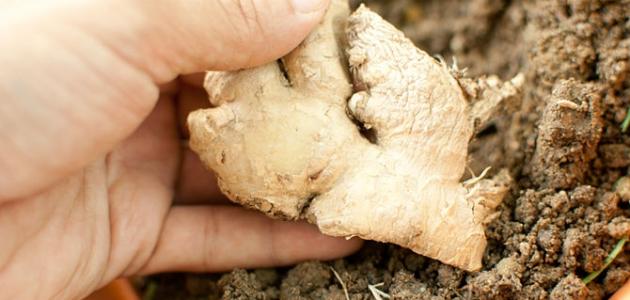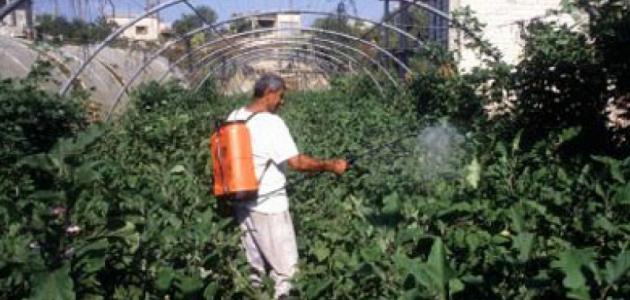How to grow sunflowers
Choose the category
Choosing the variety is one of the important matters in growing sunflower seeds, in addition to taking into account a number of important factors, such as: the resulting crop, quality factors, maturity, drying, and resistance to pests and diseases. There are 3 varieties that can be chosen from, which are:
- (NuSun Sunflower): This type produces the finest types of oil, which contain 55% oleic fatty acids. This type is used to produce packaged sunflower oil, which is used in frying food.
- (Traditional Sunflower): This type is rich in good quality linoleic fatty acids, while it lacks good quality oleic fatty acids compared to the previous type, and it is in high demand for export to markets that sell peeled seeds.
- (Confection Sunflower): This type is distinguished by its large seed size with colored lines on its outer shell, and is used in markets that sell peeled and unpeeled seeds.
land selection
Sunflower is grown in dry areas that depend on irrigation to produce the crop. It can also be grown in temperate, rain-fed areas, but there is a possibility of it being exposed to frost. The ideal temperatures for its proper growth range between 18°-25° C. The sunflower is one of the plants that... It needs a short period of light to produce its flowers and is called (Short-day Plant), but there are some varieties that bloom regardless of the period of exposure to light and are called (English: Day-neutral Plant).
Read also:Types of irrigationSunflowers can grow in various types of soil, such as clay and sandy soil. They do not need as many nutrients to grow as corn, wheat, or potatoes. Although their percentage in the plant is high, they are not used for growth, as these Nutrients are returned to the soil, but the most important element that contributes to plant growth is nitrogen. The sunflower plant is one of the plants that cannot tolerate high salinity in the soil, like corn, wheat, and rye crops, but it is better than soybeans and beans. As for crops Beetroot and barley are the most salt-tolerant crops, and it is necessary for the soil to have good water drainage. Because the sunflower crop does not resist floods like other crops.
ground preparation
Sunflower or sunflower seeds are planted without plowing the soil, but this can be done if plowing is required, taking into account preparing a suitable place for planting the seeds. It must be ensured that there are no voids next to the seed when placing it in the hole, and close it well so that it does not dry out, and when planting the seeds Without plowing the soil, you must ensure that the holes are closed well after sowing, in addition to protecting them from insects that may attack them. There are many tillage systems used to produce a healthy crop, but it has been proven that traditional systems increase the presence of potassium and nitrogen in the soil, and increase the temperature of the planted place. Among these traditional methods: plowing with a plow (in English: Moldboard Plowing), and plowing with a chisel (in English: Chisel Plowing), but because the soil is exposed to erosion, farmers resort to ridge plowing (in English: Ridge Tillage).
Read also:Rice cultivation methodSeeding rate
The size of sunflower seeds varies, so when estimating the seeding rate in a specific area of land, the number of plants per acre is determined, not the weight of seed kernels for the same acre. In medium or less medium soil, the seeding rate ranges between 5-6 thousand plants/ As for the soil with the highest production, the seeding rate ranges between 5.5-6.5 thousand plants/acre.
Farming
It is preferable to plant sunflower crops in the late spring and early summer, and the crops usually need 70 days to mature in countries where the season is short, such as Russia, while they need 200 days in areas located at high altitudes, such as Mexico, and 130 days in areas where the season is short. subtropical,[XNUMX] Farmers usually place seeds in the soil in rows spaced about 76 cm apart, or a Split-row Planter can be used to make the rows 38 cm apart. A Grain Drill can be used to make holes - if there is no The first machine exists - but it is difficult to use in making the distances uniform, and it has not been proven that there are benefits to planting rows at a distance shorter than that, and it is preferable to plant the seeds at a small depth so that the plants do not suffer when they emerge to the surface of the earth, and this is what happens when they are planted deep in moist soil. It is compacted, and in general, the seeds are placed at a depth of 3.8 cm when the soil is coarse-grained or when the soil is wet with the possibility of no rain falling in the place, while the seeds are placed at a depth of about 2.5 cm when the soil is located in places where rain is likely, and in general Sunflowers can be planted at the same depth as soybean seeds.
Read also:How to grow mintWater needs
The water needs of the sunflower crop are determined according to the climate and the period of the growing season. The amount of water the crop needs ranges between 600-1000 mm. Transpiration in the sunflower plant increases as it ages, and may range between 12-15 mm/day. The total amount of water it needs is distributed The yield during the growth stages is as follows:
- 20% during the germination period.
- 55% in the flowering period.
- 25% during the ripening period.
The percentage of water in the soil must not be less than 55%, especially during the germination period. Because the roots grow deep, heavy irrigation must be carried out between 2-4 times in medium-hard soil. Pre-irrigation can also be done when necessary. Surface irrigation is the most appropriate method for this type of crop, especially furrow irrigation. Irrigation).
harvest
Sunflower crops are mature when the back color of the flower turns yellow, and when it turns brown, it is ready for harvest. Several machines are used in this process, including:
- Corn harvester: (Corn Heads), a cutting knife should be added to this tool before starting the harvesting process.
- Crop row harvester: (Row-crop Heads), are considered one of the best tools for harvesting; Because it is used without adding parts or tools to it.
- Harvester spare parts: (Platform Heads), this machine can be used without adding some parts to it, but it causes significant loss in the crop compared to other machines. It is also possible to add something similar to a bowl to the front of the machine to increase its efficiency.
The most important pests of sunflower crops
There are many insects that can destroy sunflower plants, including:
Nematodes
Nematodes (in English: Wireworms) are soft and slender worms, with a yellowish-white color tending to copper, and their length ranges between 38-50 mm. They have 3 pairs of small and slender legs behind their heads, and the back of their body is full of thorns or serrations, and they are widespread. In fields planted with grain crops, it feeds on germinating seeds or young seedlings, which ultimately leads to the wilting and death of the plant. Insecticides can be sprayed on germinating seeds and seedlings to protect them from infection with this pest.
Sunflower stem weevil
The sunflower stem weevil is a greyish-brown insect with white spots of different shapes on the wings and chest. The snout, eyes and tentacles are black, and its length ranges between 4-5 mm. This insect places Their eggs are in the surface layer of the plant stems. They are oval and yellow in color, reaching a length of 0.51 mm and a width of 0.33 mm. They are very small, making them difficult to see. The length of the larvae ranges between 5-6 mm, and appear white without legs. They cause adult insects. It causes damage to the plant’s stem and leaf tissue, and it can be eliminated by spraying insecticides in late June or early July. Planting can also be delayed until late May or early June. To reduce the number of larvae in the crop stems, or reduce plant density in the same place, some may resort to plowing the land.
The most important diseases of sunflower crops
Among the most important diseases that may affect sunflower crops are the following:
Charcoal rot
Charcoal rot is a fungal disease that appears as a gray to silver-colored lesion at the base of the plant stem. Black dust may appear inside the stem from below, and ultimately causes the death of the plant. The vascular tissue is compressed in layers, appearing This disease occurs in the environment in which the disease previously appeared, and it increases when there is a wet spring season followed by hot and dry weather. It also appears in places where water is scarce, such as sandy soil, or dry, or hot places. This disease can be prevented by maintaining soil moisture. Preventing their drying out through irrigation and controlling weeds, in addition to reducing plant density and conducting conservation tillage.
Septoria leaf spot
Septoria leaf spot is a fungal disease whose symptoms appear on the plant as circular spots, or with water-soaked corners, that appear on the leaves. They are green in color, but most of these lesions have a gray color that becomes darker at the edges, and some of them become yellow in color. Black fungal bodies sometimes appear, and this disease develops rapidly in hot or moderate climates with heavy rain. This disease can be controlled by planting disease-free plants, or rotating crops for 3 years, and the use of fungicides is not necessary in this case. .
Sunflower
Sunflower (H), sunflower, sunflower, sunflower, or sunflower, is a herbaceous plant, and belongs to the Asteraceae family. Its origin dates back to the North American continent, and it is an annual plant. It is harvested once a year, and consists of a large flower with golden yellow petals with a disk in the middle, whose diameter ranges between 10-30 cm. The disk contains small flowers that mature to form seeds. The sunflower plant has a thick, straight stem with bristles, with small, oval-shaped upper leaves that grow larger. Facing down the stem, arranged alternately and individually attached to the stem, the length of the plant ranges between 1-3.5 metres.
Sunflowers are grown for decoration or to obtain seeds, which can be eaten dried, roasted, or ground with nut butter, and also placed with bird food grains. Oil is extracted from the seeds and is used in different types of food, as dregs of oil are included. Sunflower oil cake is used in making broth or used as fodder for chickens. The oil is used in the manufacture of soap, paints, and lubricants, in addition to using sunflower leaves as fodder. Yellow dye is produced from the plant’s flowers.
